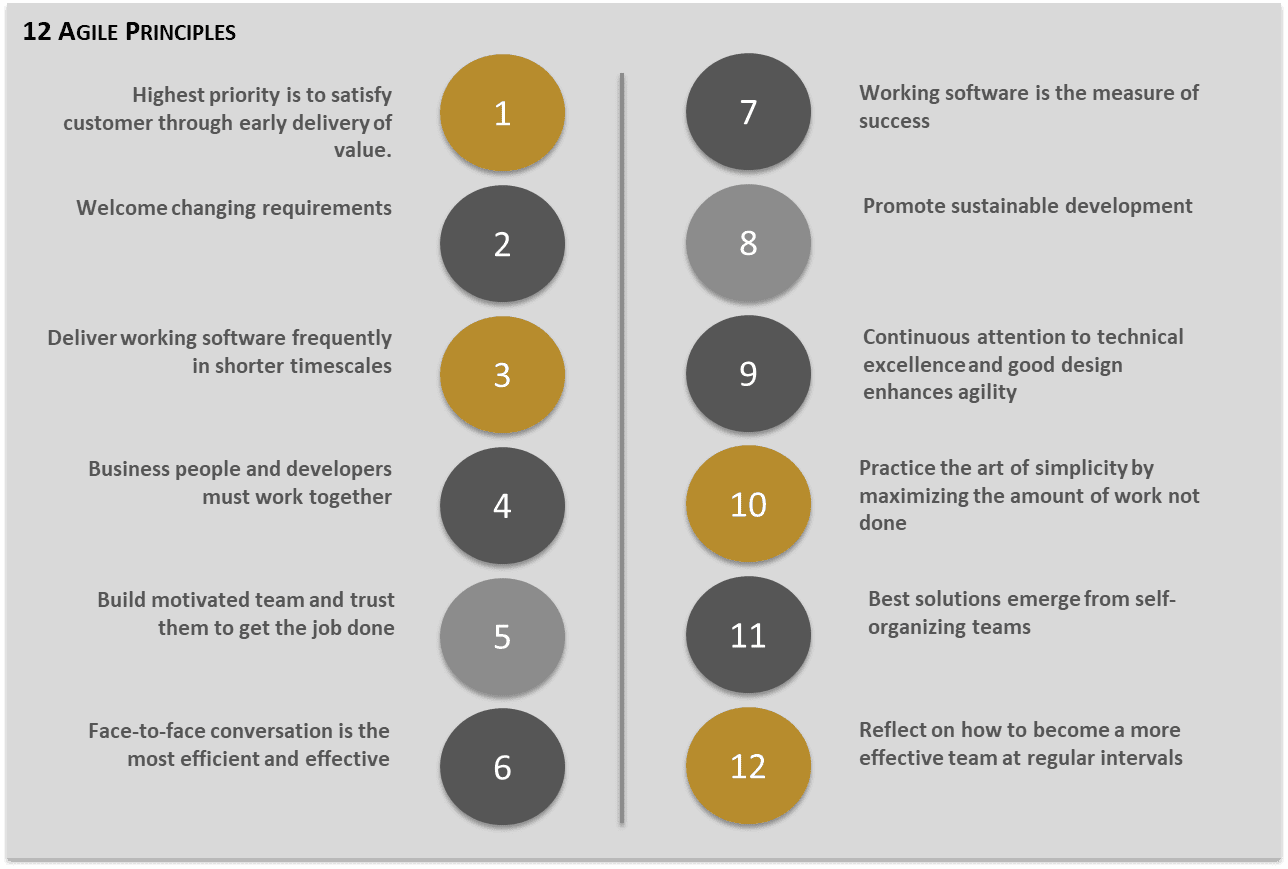“We want to be Agile…”
“We want to take an Agile approach to delivering…” It’s a phrase heard frequently from organizations as they take on complex digital transformation implementations. Agile is a popular term that gets project teams excited. There’s excitement in the promise of a speedy delivery and return on investment—one that allows flexibility in scope, requirements and discovery. Unfortunately, all too often, that excitement fades quickly and is replaced by anxiety of promises unfulfilled.
Why Agile?
According to the Agile Practice Guide, developed jointly by PMI and the Agile Alliance and published in September 2017: “More mature organizations are increasingly prone to being highly complex and potentially slow to innovate, and lag behind in delivering new solutions to their customers…speed of change will continue to drive large organizations to adopt an Agile mindset in order to stay competitive and keep their existing market share”.
When an Agile project fails to deliver on promises and benefits of the delivery framework are not realized, organization leaders can be quick to characterize Agile as a flawed idea. In many cases, after closer review, the cause of failed Agile projects is not because of the idea, but rather the execution. In fact, when Agile projects are executed with a solid understanding of Agile principles the results can be realized, as advertised.
Understanding Agile Principles
Many organizations have grown familiar with the concept of Agile projects, which is certainly a good starting point for moving in the direction of project delivery. However, in order to take the next step of realizing the promises of successful Agile endeavors, one needs to understand the principles that support this framework.
The following outlines the “12 Agile Principles”. These are commonly understood within the practicing Agile community. Organizations are well-served to ensure project teams are knowledgeable in these principles and adhere to them when determining how to tailor an Agile approach to meet their project(s) business objectives.

Top 5 Principles in Becoming Agile
Witnessing trials and triumphs of small- and large-scale Agile projects, below are five key principles that organizations should give close consideration to in order to realize the promise of successful Agile execution. Related “Do’s and Don’ts” are offered based on practical experience.
| Top 5 Principles | How To Apply | |
| 1 | Highest priority is to satisfy the customer through early delivery of value | Do’s
Don’ts
|
| 2 | Working software is the measure of success | Do’s
Don’ts
|
| 3 | Welcome changing requirements | Do’s
Don’ts
|
| 4 | Practice the art of simplicity | Do’s
Don’ts
|
| 5 | Build motivated teams and trust them to get the job done | Do’s
Don’ts
|
James Boyd is a Director in Opportune’s Process and Technology practice and has 19 years of process and technology consulting experience, including more than 15 years of project/program management experience. He is experienced in leading system integration and technical transition efforts leveraging expertise in technology and business processes, as well as proven skills in people and stakeholder management. Prior to joining Opportune, James was a certified Technology Architect as a member of Accenture’s Energy practice, servicing clients as an expert system integration manager withextensivepackage and custom software delivery and product lifecycle knowledge. James is a certified Project Manager (PMP) and Agile Certified Practitioner (PMI-ACP).







